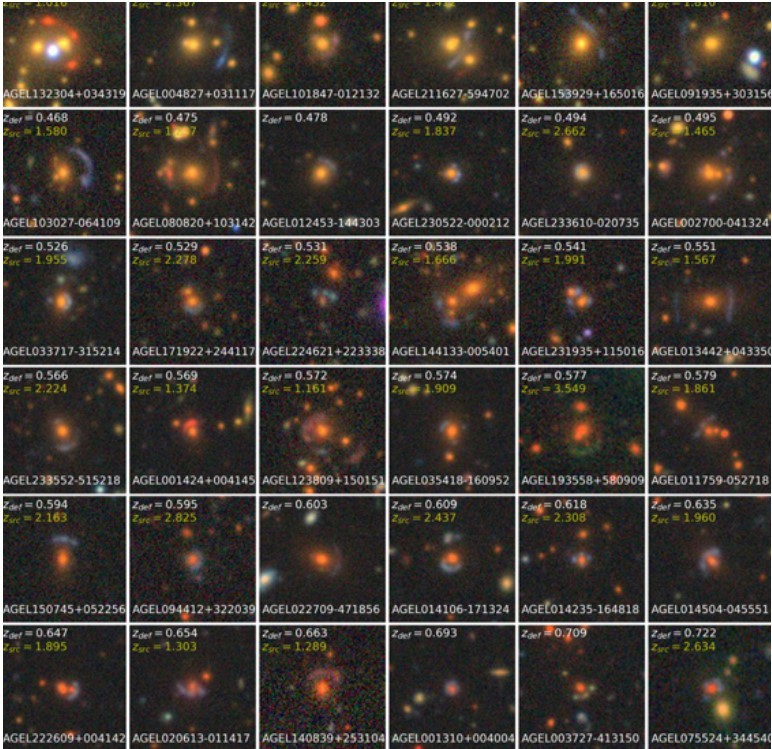Researchers have recently used a machine learning algorithm to detect the number of existing gravitational lenses.
Advanced artificial intelligence has revealed that the existence of space-time warps could tell more about the galaxies and dark matter in space.
Why Are Gravitational Lenses Important in Cosmology?

Albert Einstein, the pioneer of the theory of relativity, has established that mass warp space is capable of distorting space to the point that cosmic lenses can form at any time from a galaxy.
According to Space.com, it's important to study the gravitational lenses so that cosmologists could have a deeper understanding of their behavior.
In doing so, they could also pave the way for them to comprehend how dark matter warps space. Unfortunately, astronomers are limited to using nearly one hundred "usable" gravitational lenses.
Using a Very Large Telescope, the researchers led by Kim-Vy Tran of ASTRO 3D evaluated the 77 lenses. The experiment was conducted in Hawaii, particularly at Keck Observatory.
The group discovered that out of 77, 68 appear to have strong gravitational lenses that extend from one cosmos to another.
Based on the machine-learning algorithm that they used, there are still thousands of gravitational lenses that exist somewhere. The catch here is the difficulty of searching them one by one.
According to a report by Scitech Daily, the recent study is also part of the survey about ASTRO 3D Galaxy Evolution with Lenses or AGEL.
"Our goal with AGEL is to spectroscopically confirm around 100 strong gravitational lenses that can be observed from both the Northern and Southern hemispheres throughout the year," Kim said.
Moreover, she added that the spectroscopy allowed them to do a 3D mapping for the gravitational lenses so they could verify if they are real or not.
Related Article: NASA Shares DART Mission Results; How Successful is It? Here's What Bill Nelson, Other Officials Say
Gravitational Lenses Can Help Experts See Dark Matter
It's always a challenge for astronomers to find gravitational lenses. It's extremely hard to search and it's always a hit-and-miss for the experts whenever they attempt to seek them.
Tran says that these lenses are so small that you cannot easily detect them especially if someone has fuzzy images.
Other than that, the author from the University of NSW notes that most of the mass that exists is dark. If they can calculate the amount of light that is bent in the process, then they can measure the mass of the dark matter.
Tran also says that the existence of the gravitational lenses can give them a clearer understanding of an important galactical event such as the Big Bang.
Searching for a group of lenses will be the first task that they need to overcome. If they succeed in looking for more, then they could determine the demographics of the young galaxies.
The algorithm yielded an 88% success rate. Dr. Colin Jacos from Swinburne hopes that this could improve in the long run. He never thought that the team would achieve this high success rate.
To view the study entitled "The AGEL Survey: Spectroscopic Confirmation of Strong Gravitational Lenses in the DES and DECaLS Fields Selected Using Convolutional Neural Networks," visit the Astronomical Journal.
Read Also: Planet Patrol Leads 'Autumn Water Watch,' an Initiative to Save UK Waterways
This article is owned by Tech Times
Written by Joseph Henry




